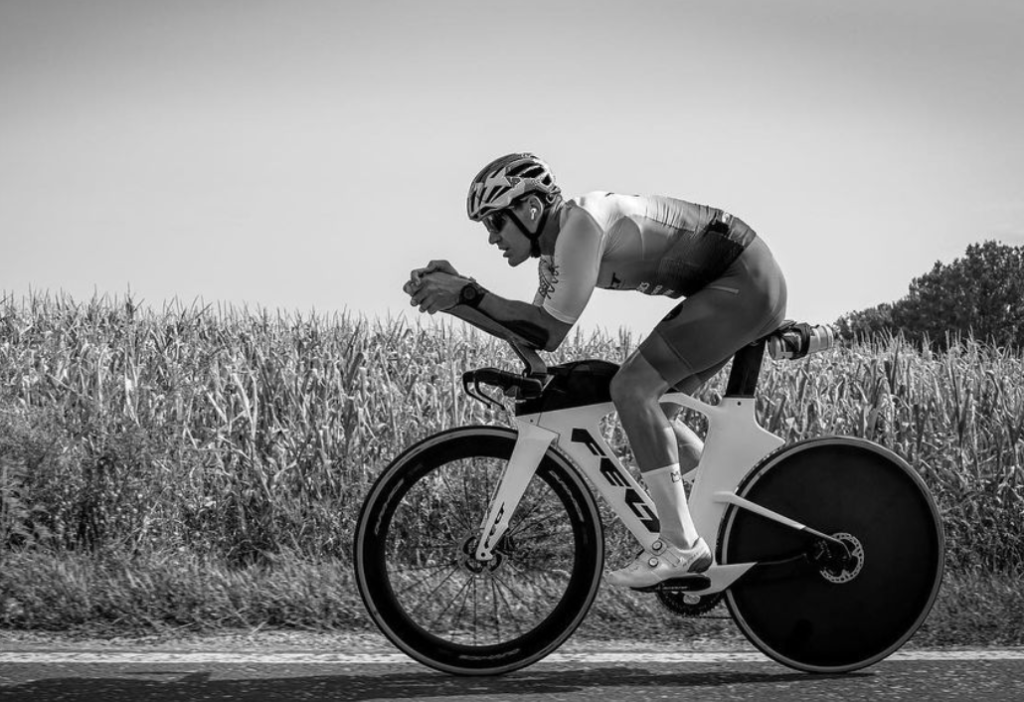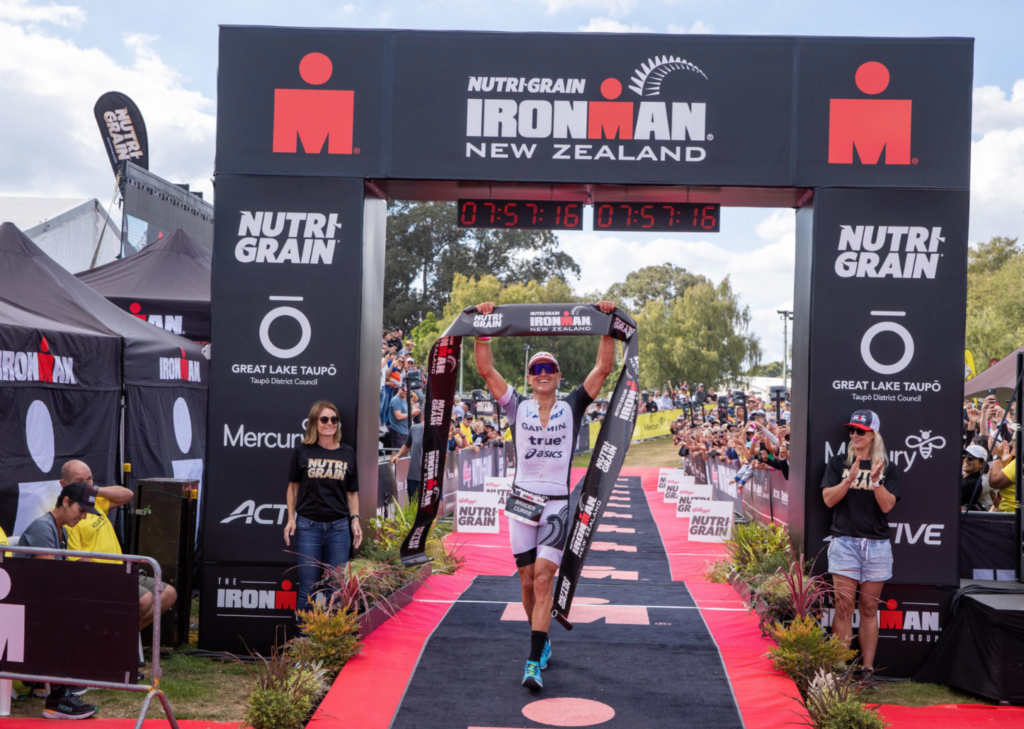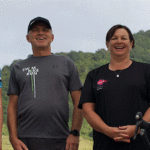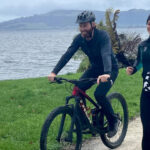By Kent Gray/Triathlon.kiwi
Braden Currie gets World Triathlon’s need to act for fear of athletes bouncing around run courses like “kangaroos” but admits the governing body’s stance on shoe stack heights is at odds with his inner innovator.
At its XXXV Annual Congress, held on the sidelines of the WTCS finale in Abu Dhabi late last month, World Triathlon’s executive board agreed to adopt World Athletics shoe policy, effective January 1, 2023.
That means athletes cannot compete in shoes where the sole exceeds 40mm. In addition, the shoe must not contain more than one embedded plate or blade (of any material) which in turn must be located sequentially in one plane.
RELATED: Braden Currie: Ironman’s Kona call ‘pretty sh**ty’, anticipates exodus to PTO
Under those rules, the prototype ON shoes Gustav Iden wore to marathon (2:36:15) and overall (7:40:24) course records at the Ironman World Championship (IMWC) in Kona in October would not have been permitted.
Likewise, Patrick Langer’s extraordinary 2:30:32 marathon split en route to capturing the Middle East Championship at Ironman Israel would not stand, presuming Ironman ultimately follows World Triathlon’s stance as it usually does when it comes to rules.
Currie, the reigning Ironman NZ champion, admits being torn by the ruling which protects the integrity of previous records but thumbs its nose at innovation, a cornerstone of the sport since the inception of long-distance triathlon.

“I don’t know,” was the Wanaka 36-year-old’s initial reaction when Triathlon.kiwi asked for his thoughts on World Triathlon’s shoe stance.
“Obviously evolution is part of the sport and that is the beauty of racing long course Ironman and stuff like that, where [bike development] it isn’t governed by UCI [cycling] rules.
“But I do think there has got to be a line drawn in the sand somewhere within running shoe development to stop everyone from ending up running pre-loaded, mechanical springs or something. That’s not realistic to the human body and running geometry of what it is known as.”
Currie runs in ASICS Metaspeed Glides but admits it would be “quite interesting to see how much of a difference these super, super shoes are making”, pointing to the evolution of the humble 10-speed into today’s high-tech, carbon TT kilometre eaters.
“I think that’s probably a really exciting part of the sport and I think it’s something that pushes brands to keep developing and keep thinking and going through the processes and that’s why you’ve obviously seen such huge progression in aerodynamics within cycling,” Currie said.

“I feel like if you do integrate those rules, like the UCI rules into our system, it will really inhibit the ability for companies to make a difference and that is what makes the sport keep evolving and what makes it exciting.”
In almost the same breath, Currie acknowledged that innovation left unchecked could contravene the pure ideologies of swim, bike, run.
“I think you’ve got to be really careful when you start putting rules around development like that but at the same time I don’t think we need to be running on pre-loaded springs that make us bounce like kangaroos. I think that would end up ruining the sport.”
A virus cruelly forced Currie to withdraw from the IMWC in October part way through the bike leg. Ironman’s controversial decision to alternate Kona between the men and women has exacerbated the frustration as it means he won’t get another shot at the fabled Big Island course until 2024.
Given your age, Iden’s record-shattering effort in Kona and Langer’s ridiculous marathon in Israel, are you not concerned that the sport is passing you by in a hurry? Are you going to have to rethink your training to keep pace?
“I think a lot of the stuff is more about mindset and kind of the belief of being able to go that fast,” Currie said.
“Five years ago, six years ago, the concept of 2:40 was a good time split and if you ran a 2:40 you were pretty much guaranteed to win as long as you were within reach off the bike. Everyone tried to run 2:40 where now I think everyone is pushing that boat out and going, ‘well, to win a race now I need to run 2:35 and maybe quicker.
“I think a lot of it depends on the day and the competition, how the race unfolds and [if] you can get on a good group on the bike. If you have an easier ride and you’ve got the run form like Patrick had, then anything is possible.”
Currie’s first race back following his Kona heartache may well be Ironman 70.3 Tasmania on February 5 but all roads eventually lead to Ironman NZ on March 4 where he’ll look to qualify for the 2023 IMWC, rumoured to going to Nice in September.

“There’s talk of Javier Gomez being there on the start line, talk of Joe Skipper coming over, and Jack ‘Texas’ Moody, he’s made some great progression in the last few years in long course and Mike Phillips, he’s struggled with a planta faciser injury for the last few years but he seems to have got over that and seems to be running well again.
“So, yeah, it’s looking like a really strong field. I think it will be a really good race and definitely my key focus for the summer.”



















